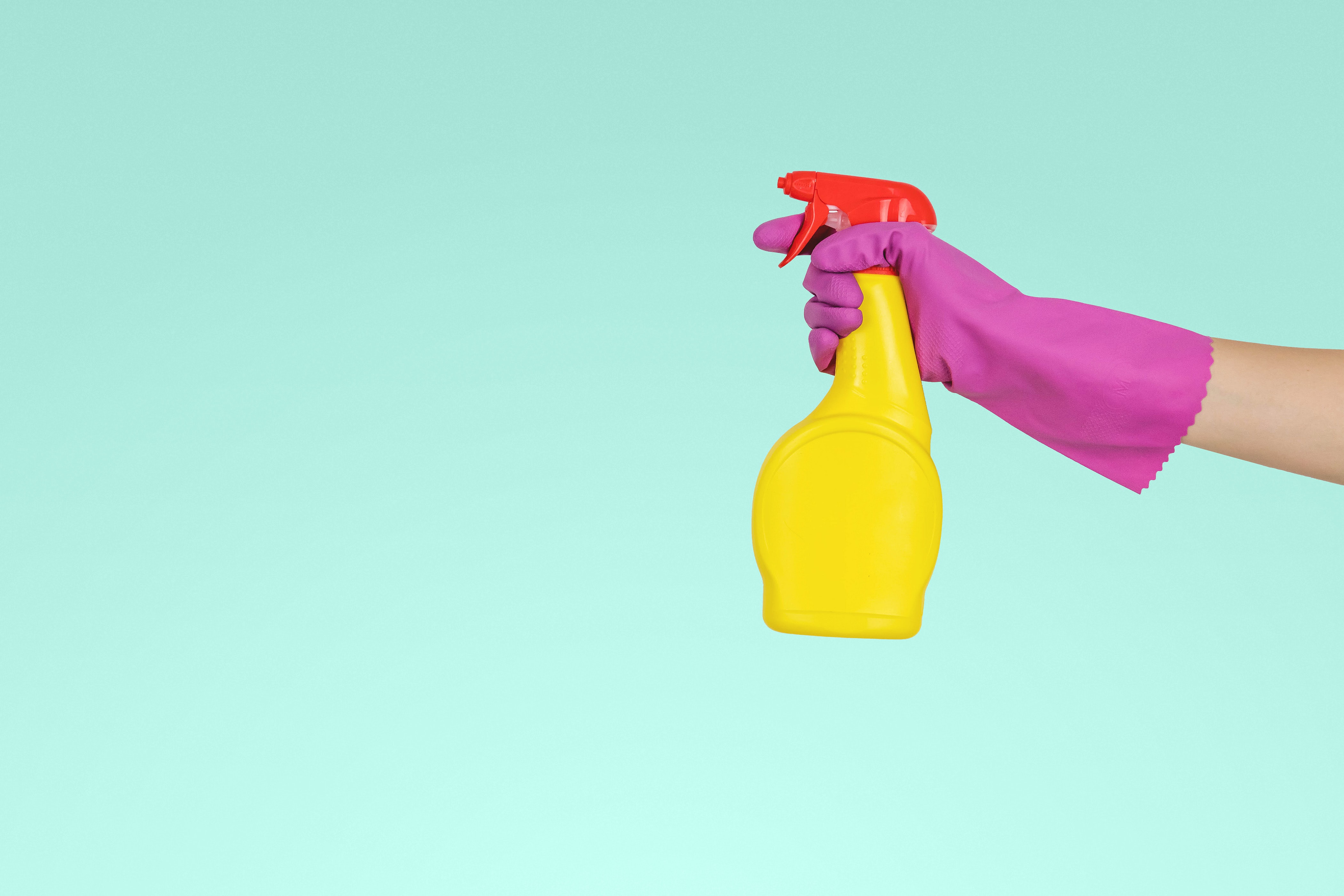As you’re working from your home office, whether it be a bed or a dining room table, you may not feel like you’re accomplishing much in the way of fighting the coronavirus. I know I felt pretty lazy this morning as I changed from pajamas into leggings and shuffled into my kitchen to set up shop. But as we’ve all come to learn, this is how we will take it down. It might be more of a cold war than an out-and-out battle, but it is through our isolation that we will defeat COVID-19.
The best way to stop the spread is by avoiding others. But if you’re looking for an active way to fight, the first thing you can do is wash your hands. The next thing you can do is deep clean your house. You never know where germs are lurking, so if you need a break, get up, put on some feel-good jams (my suggestion is Lady Gaga’s new life-giving single), and dig in.
We even spoke with Jeri Fritz, owner and founder of Highland Park Housekeeping, about how to effectively get it done.
What steps should people take when deep cleaning a home?
Wash your home like you wash your hands. We’ve heard a lot lately about how you need to thoroughly wash your hands. Some people sing “Happy Birthday,” some say the “ABCs.” It’s really the same with the surfaces in your home. Just like if you were getting ready to eat the dinner, you wouldn’t just wipe your hands off with a Wet One—you wash them thoroughly under hot, soapy water—it’s the same way with the surfaces in your home. You need to really wash them down, especially all of your countertops and everything in your bathroom. Also things that people don’t always think about are your doorknobs, your handles, and your switch plates—everything in your home that people are touching.
What about floors?
Move lightweight furniture, small rugs and accessories out of the way before you start. Following the grain of the wood, vacuum thoroughly, using the floor attachment on your vacuum for the main areas and the crevice tool for the edge. Using a damp cloth mop (we love the Sh-Mop, available on Amazon, because it has washable terry cloth covers), spray a mild all-purpose cleaner directly on the mop. As you mop, check frequently and rinse and reapply your all-purpose cleaner when the mop shows dirt. Most hardwood floors can’t tolerate disinfectants so stick to a little mild soap or all-purpose cleaner and warm water.
What products specifically do you recommend?
We have a couple products we really love, one of them is called Branch Basics. It’s an all purpose cleaner, super cool company founded by three women in Austin on a mission to get the toxins out of our home. You can use Branch Basics to clean anything in your house. Another product that we really love is Seventh Generation dish soap, and you can just mix that in your sink like you’re getting ready to do your dishes. Make some hot soapy water and just use that to wash down any surface in your home.
Why do you recommend these products instead of something like Clorox during a time like this?
These products are effective, but they’re also safe. There’s a lot of research going around now that shows that the presence of toxins in the home can actually weaken your immune system. I check the CDC website for updates, and one of their first recommendations [for cleaning] is to use hot soapy water.
How can you find out if a product is toxic?
There’s an app called “Think Dirty.” It ranks household and beauty products on a scale of zero to 10, zero being the most pure and natural, 10 being full of all kinds of ingredients you can’t pronounce and things you wouldn’t want on your skin or in the air that you breathe. That’s how I found out about a lot of these toxins that can harm your health.






